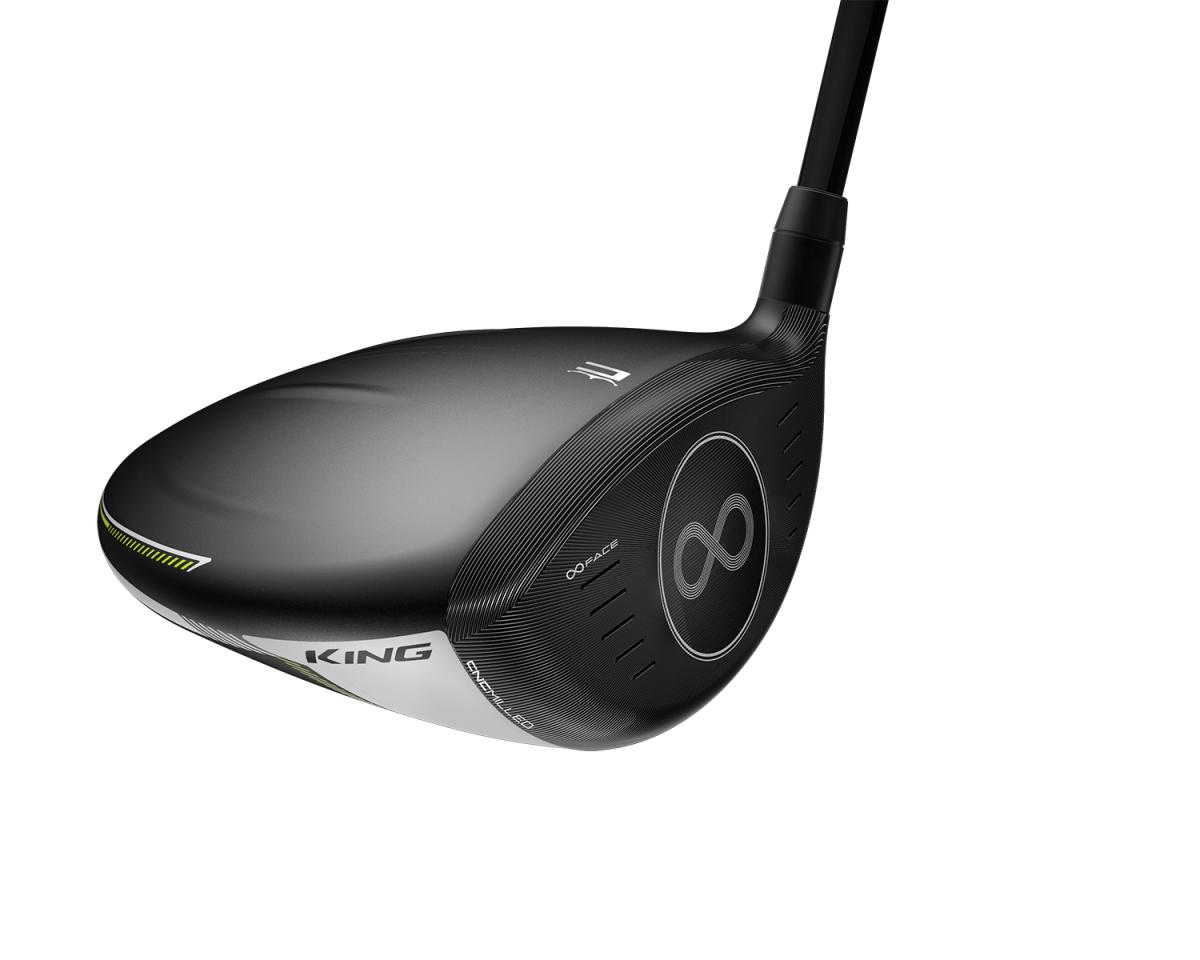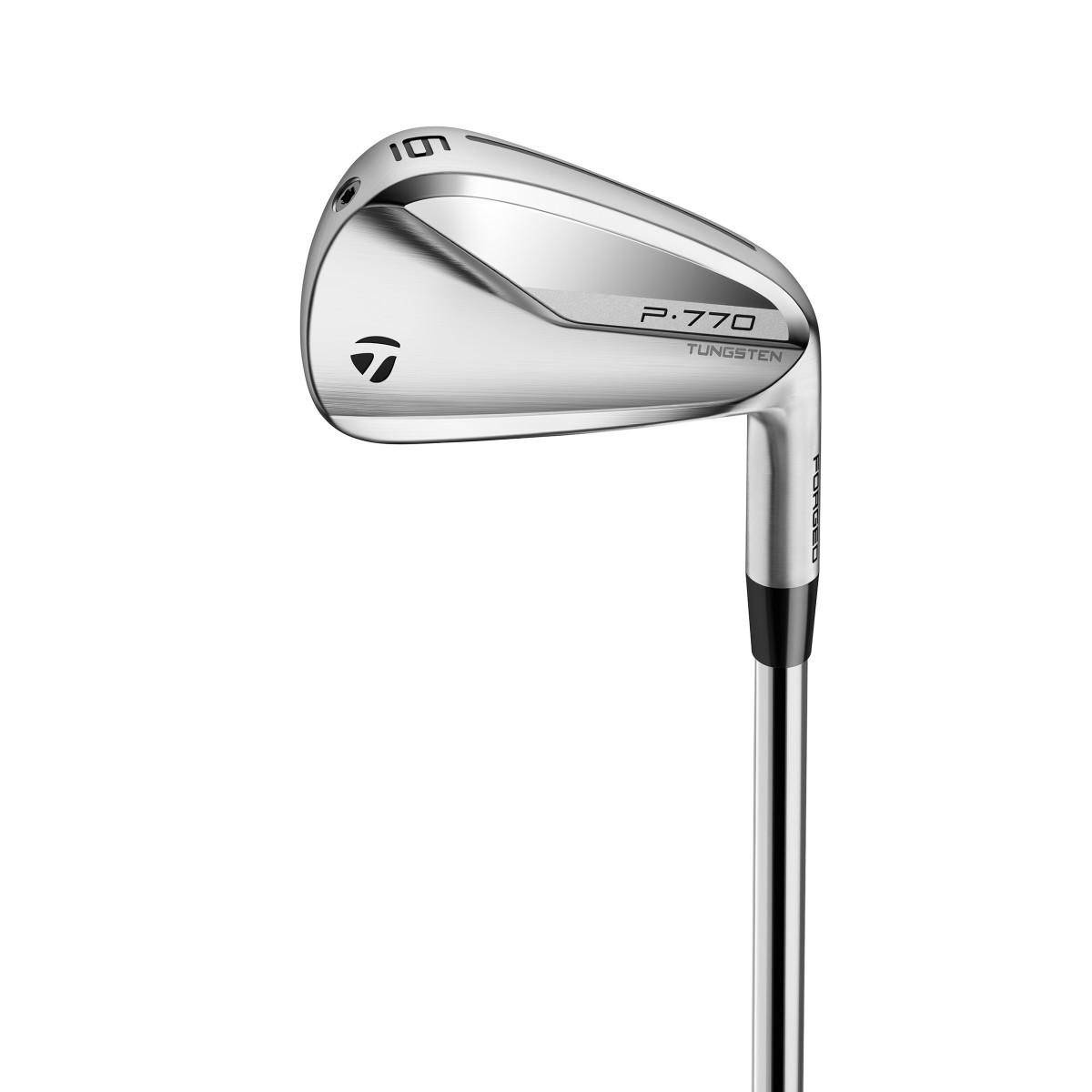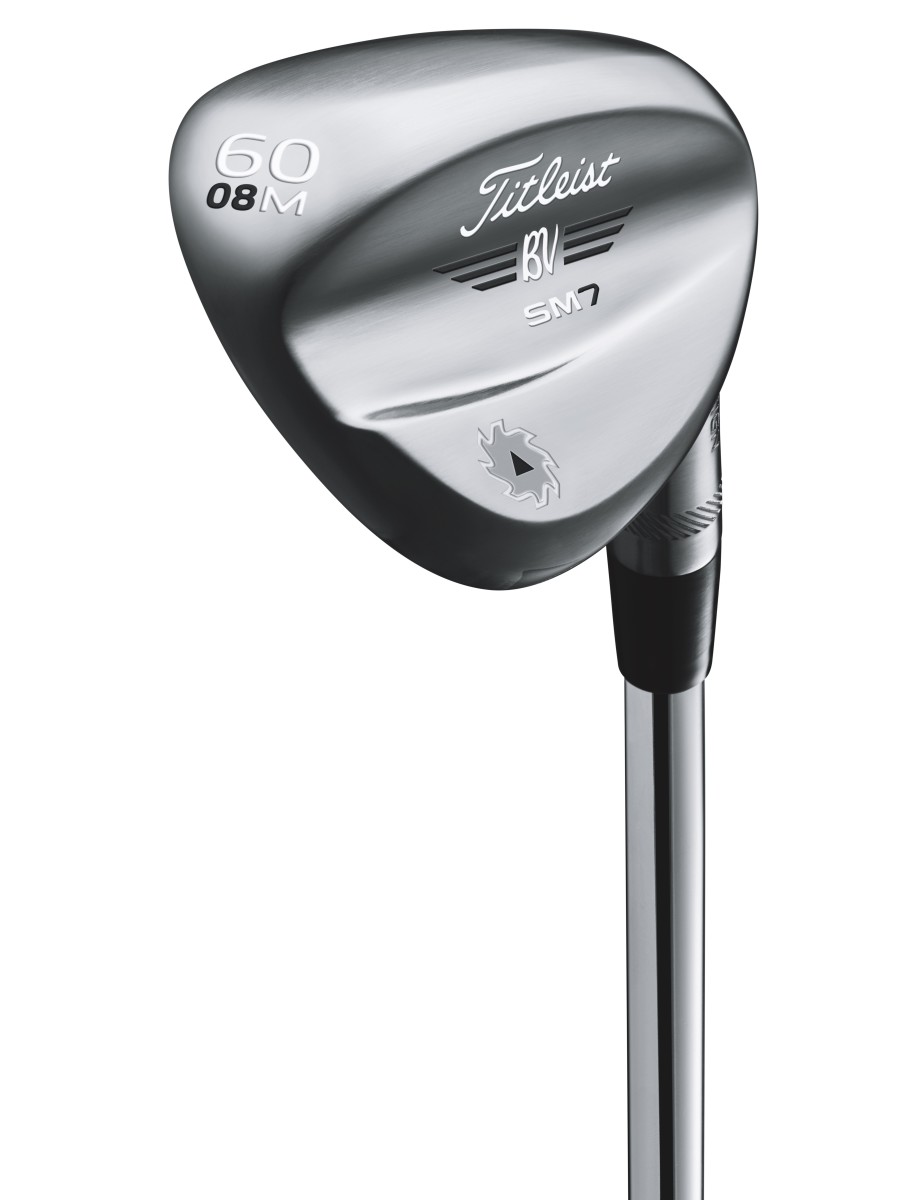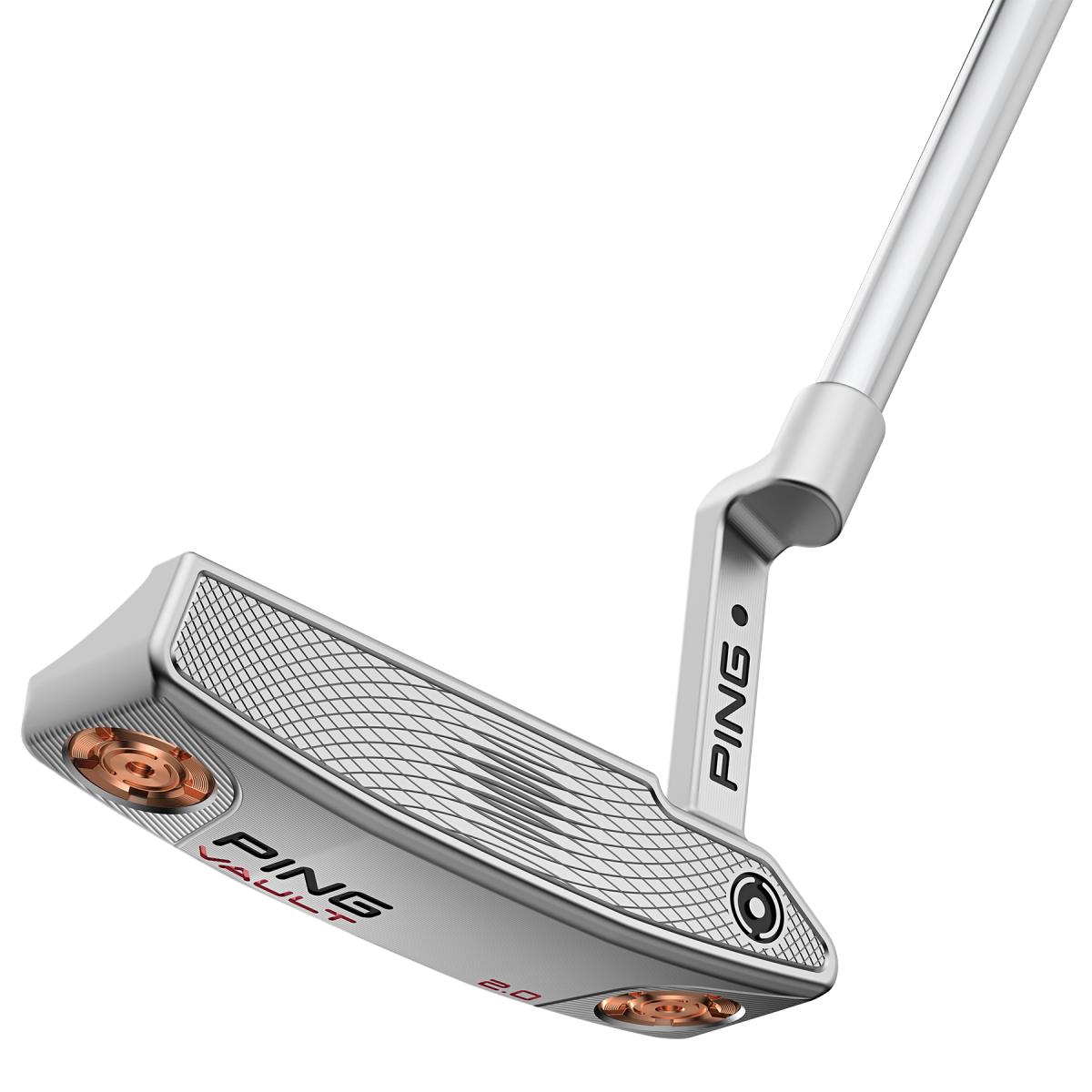Clubs That are Making a Difference

As the second half of the 2021 major championship season approaches with the U.S. Open at Torrey Pines’ South Course next week, now is a good time to look at who’s leading four of the most significant statistical categories on the PGA Tour and the clubs they are using to perform at such high levels.
While these clubs won’t necessarily catapult your game to pro-tour status, if you’re in the market for a new driver or irons, better wedges, or an upgraded putter, the following models are at least worthy of consideration.

CATEGORY: Off The Tee
This season, no other strokes-gained statistical category is as much of a runaway as off the tee. Not surprisingly, the PGA Tour’s poster child for faster clubhead and ball speeds is leading the pack. Currently, Bryson DeChambeau has gained 46.585 strokes over the field across 42 measured rounds during the 2020-21 season, and he’s done so with numerous Cobra driver models and configurations in his hands.
En route to his U.S. Open win at Winged Foot Golf Club in September, DeChambeau was then swinging Cobra’s King Speedzone driver. It’s a club enhanced with a CNC-milled face; a T-bar chassis made of titanium, which works to lower the club’s center of gravity; and a carbon-fiber wrap crown, which delivers necessary stiffness while eliminating 25 grams of discretionary weight. Those 25 grams were then repositioned around the perimeter of the clubhead, as well as low and in the back, to promote higher launches with lower spin.
Since DeChambeau’s major win, golf’s mad scientist has experimented with Cobra’s Radspeed driver, the successor to the Speedzone model. The club features the same CNC-milled face, T-bar chassis and carbon-fiber wrap crown, but it’s distinguished by a forward-biased radial weighting system, which positions as much as 28 grams in the front and 10 grams in the back. The shift of weight forward in the clubhead allows the driver to produce even faster ball speeds with plenty of forgiveness.

CATEGORY: Approach The Green
Since Collin Morikawa won the WGC Workday Championship at the end of February, he has sat atop the mountain for strokes gained on approach shots. That’s 14 weeks and counting. Morikawa’s reign isn’t surprising given that the 24-year-old is known as a prolific ball-striker; however, the extent of an advantage that his iron play provides him iseye-opening: he’s averaging almost 1.5 strokes gained per round (across 48 measured rounds). That’s almost a half-shot better than Justin Thomas, who ranks second on the list.
Currently, Morikawa has a full bag of TaylorMade irons, though it’s a mixed set made up of three distinctive models. The 2020 PGA Champion’s longest iron, a 4-iron, is the TaylorMade P770. These irons are constructed from a forged hollow body filled with a urethane foam, and they produce higher launched shots with more spin than the preceding P790 lineup. Of equal importance, they’re more compact than the P790s, with a thinner topline, narrower sole and a shorter blade length.
Morikawa relies on TaylorMade’s new P7MC for his two mid-irons. The new model lineup, which can best be described as a muscle-cavity combo, was designed with tour players in mind and enhances the brand’s previous generation of P750 irons. Most notably, the P7MC irons feature more mass behind the face, which supports the point of impact but also produces solid feel and better stability through the strike zone.
For his short irons (7-iron through pitching wedge), Morikawa continues to play P730s — classic blades that were born from the initial prototype irons that TaylorMade first created for Rory McIlroy when he made the switch from Nike back in 2017. TaylorMade has since replaced the P730 with the P7MB, which are muscle-back clubs designed around Dustin Johnson’s prototype tour irons. Forged from 1025 carbon steel with a machine-milled face, these irons have a narrow sole, a thin top line, and are offset even less than their predecessors, the P730s.

CATEGORY: Around The Green
The leader in strokes-gained around the green, Fabián Gómez, has only 17 measured rounds; but across those 306 holes of golf, he’s bettered the field by almost a full shot. He’s done so through the use of three Vokey SM7 wedges, all of which were unveiled in early 2018. For certain club categories — predominantly drivers and metal woods — three years can represent a significant chasm in technological breakthroughs and engineering-aided performance gains. But golfers generally think of their wedges like they do their putters, which means 3-year-old wedges are far from obsolete if they inspire confidence on delicate chip shots or challenging bunker recoveries.
When they were unveiled three years ago, SM7 wedges could deliver as much as 100 r.p.m. more spin than other wedges on the market thanks to grooves cut to incredibly tight tolerances. They also featured progressive center of gravity locations (determined by the clubs’ varying lofts), which delivered better trajectory and distance control while also improving the wedges’ overall feel. Best of all, they were — and still are — offered in 23 combinations of loft, bounce and grind, which means players who commit to a fitting can swing with confidence knowing that the wedges in their bag are tailored to their own unique swings and preferences.

CATEGORY: Putting
Up until this point in the PGA Tour season, the strokes-gained putting statistic has been the most closely contested. For the past five weeks, however, Louis Oosthuizen has benefited the most from his work with the flatstick, and gained almost a stroke per 18 holes for the season (across 36 measured rounds).
Currently, the South African is wielding a Ping Vault 2.0 Voss putter with 3 degrees of loft. The club is precision-milled and enhanced with a custom-weighting system that offers sole weight options in three materials: steel, which delivers a standard head weight; tungsten, which adds an additional 15 grams; and aluminum, which lightens the clubhead by 15 grams. Vault 2.0 putters also feature a face pattern that varies in depth and pitch across the face. Those discrepancies allow off-center strikes to roll at speeds comparable to putts that are hit on the sweet spot. These putters are available in three finishes — stealth (black), platinum and copper. Oosthuizen’s platinum Voss iterant is available as a special order.
